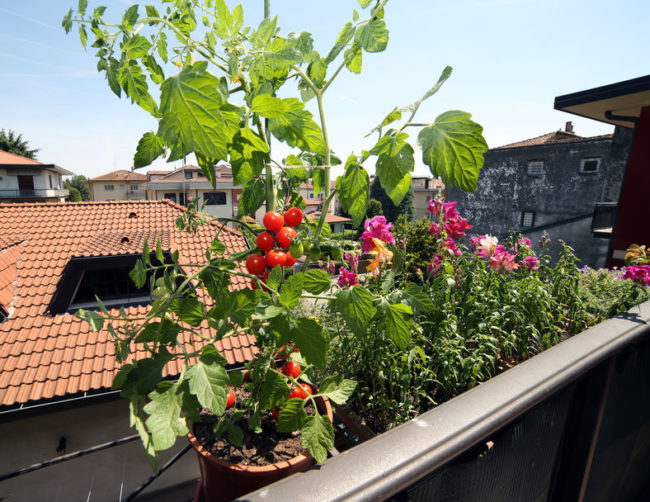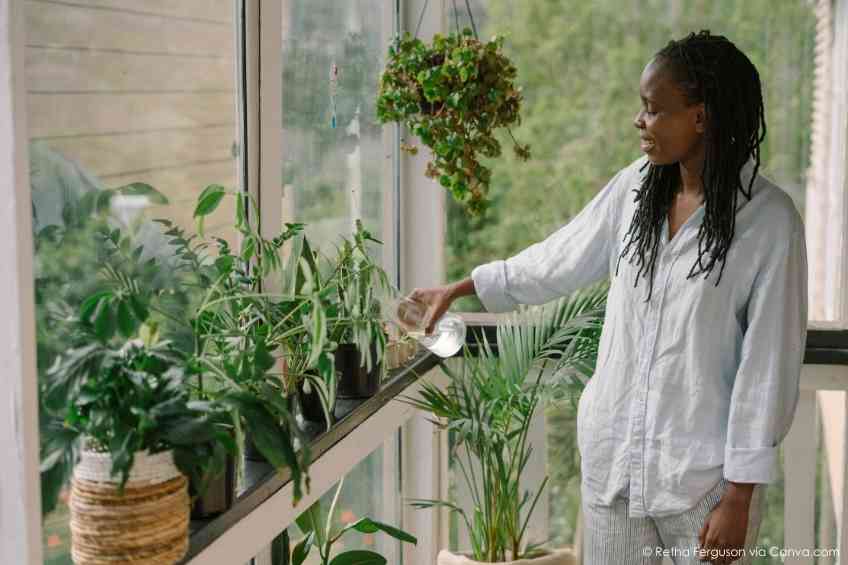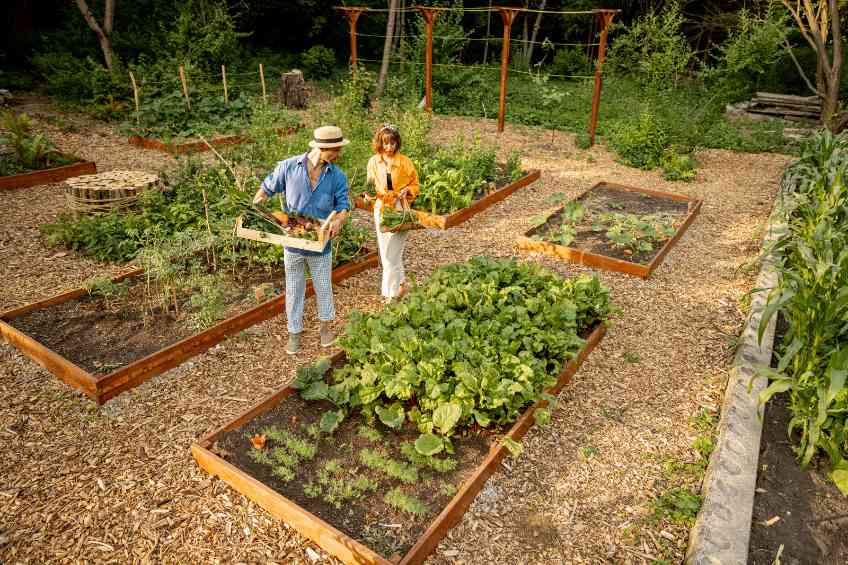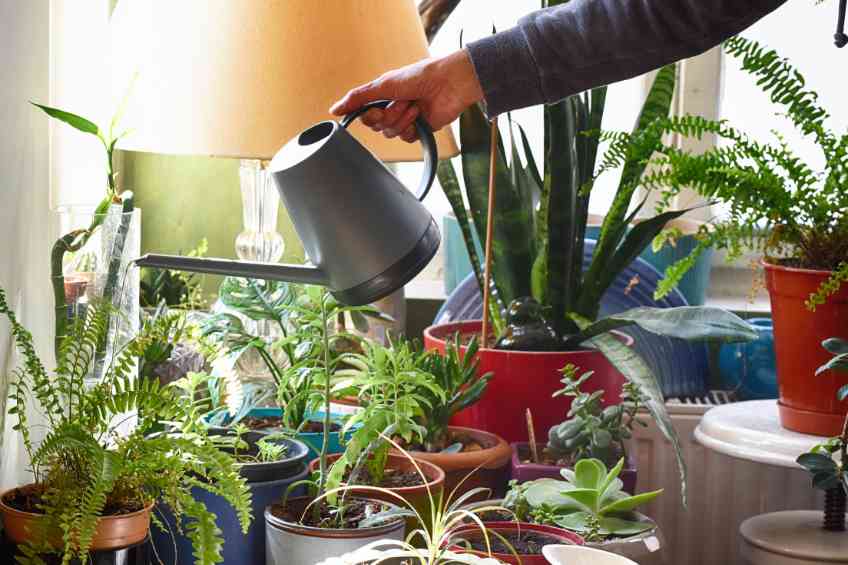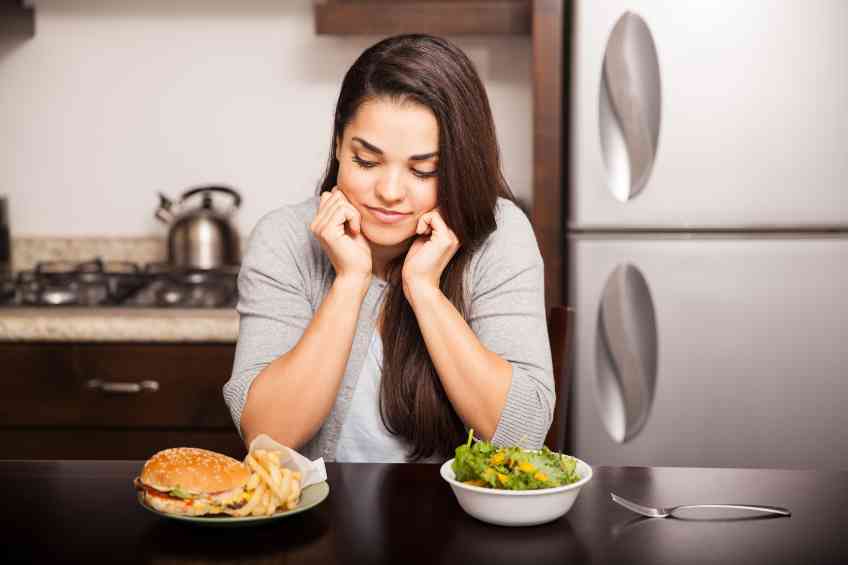By John Salak –
Okay, its day ad infinitum of your pandemic lockdown and the weather is starting to get a bit better, while chances are the stir-crazies are setting in. After all, you’ve cleaned the basement 16 times, checked Facebook for the 3,012th time this week (and rolled your eyes 2,927 times at the stuff former colleagues have posted), and you’ve finished up watching all seven episodes of Tiger King for the fourth time. A new distraction is in order.
How about starting a vegetable garden? The weather is right and even if it amounts to a small one—think a square yard or some potted plants in a city apartment—it’s a productive project that could yield some health benefits in the terms of fresh produce, exercise and creating a positive distraction.
A pandemic boost in a new home and urban gardens could also be the first step toward helping to ease food insecurities and shortages, according to a series of studies. Better still, building a garden isn’t all that difficult.
Beginners should start with easy-grow produce like leafy greens and lettuces, tomatoes and cucumbers. If there’s room (like a yard) and ambition, fledgling gardeners can even try carrots, radishes, green beans, pumpkins and zucchinis. All this produce offers decent yields and is nutritious, according to Lifehacker.com.
In an apartment? Don’t worry, vegetable and fruit options are available via pots so long as there is sunlight, water and decent soil. Thespruce.com recommends focusing on growing herbs, tomatoes, chili peppers, Meyer lemons and even strawberries.
Lockdowns aside, home and urban gardens are more needed than ever. The University of Texas, for example, reports that the growth of urban sprawl is creating food deserts where abundant, high-quality produce and food products aren’t readily available to residents. The university’s researchers defined urban sprawl as an area where low-income residents in an urban environment are more than a mile from a supermarket, big-box supercenter or another healthy grocery store. In rural areas, the definition covers residents living more than 10 miles from one of these stores.
A recent study in the Journal of Nutrition Education and Behavior adds that the development of home-based gardens can have far-reaching nutritional and general well-being benefits that extend past addressing the problems created by food deserts. Researchers from the University of California at San Francisco, who partnered with partnered community-based urban garden organizations in Santa Clara County, California, maintain their work in promoting and researching urban gardening could be a critical first step to building better urban developments and social connections.
“This home-based model can play a vital role in urban agriculture and has the potential to directly impact health by tying the garden to the household,” said the report’s lead author, DR. Kartika Palar. Participants in the trial gardening program not only received the benefits of enjoying home-grown fresh produce, but they also reported reductions in stress and an increase in exercise.
The benefits of urban gardens extend well past those living in food deserts or who just dig growing their own fruit and vegetables, according to Britain’s University of Sheffield. In fact, Sheffield reports that converting just about 10 percent of a city’s green and/or unused areas to gardens could generate 15 percent of a city’s local produce needs.
This kind of shift not only promotes local products, but it also lessens the need to truck produce into urban areas and could potentially free up produce that’s needed elsewhere.
“It will take a significant cultural and social change to achieve the enormous growth potential of our cities – and it’s crucial that authorities work closely with communities to find the right balance between green space and horticulture. But with careful management of green spaces and the use of technology to create distribution networks, we could see the rise of ‘smart food cities’, where local growers can support their communities with fresh, sustainable food,” explained Professor Duncan Cameron, the study’s co-author.
Lots of people have already dug into the concept (pun intended) of starting vegetable gardens out of boredom, in response to pandemic food issues or some combination of issues. Regardless of their reasons, retailers are reporting twice the usual demand for all kinds of seeds. Gardeners, in fact, appear to be flocking to vegetables high in nutrients, such as kale, spinach and other quick-to-grow leafy greens. “Spinach is off the charts,” according to Jo-Anne van den Berg-Ohms, owner of Kitchen Garden Seeds in Bantam, Connecticut.
Okay, so what’s needed to start a vegetable garden? The Washington Post provided some recent guidance for the would-be gardener.
Obviously, start by identifying your potential space whether it’s a few pots, a bit of lawn or a more ambitious section of earth. Also, make sure that any new garden doesn’t violate local zoning or homeowner association rules.
Other musts include:
Sunlight: You’ll generally need about six hours a day.
Water & Drainage: You need easy access to water, especially in summer. And growing beds also need decent drainage.
Soil: The best-growing soil includes compost that holds leaf mold and other organic material.
Fencing: Critter control is important especially if vege-lovin’ deer, rabbits, etc. are also local residents.

